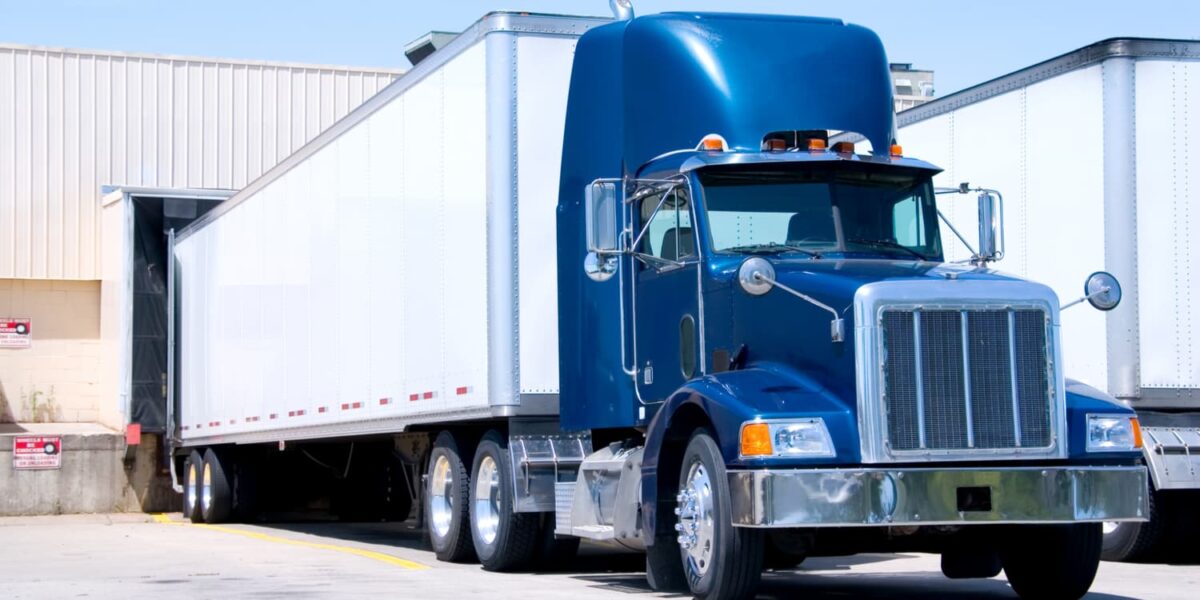Earning your commercial driver’s license (CDL) allows you to pursue a wide variety of career opportunities. For new truckers, driving a refrigerated truck, also called a reefer, is one of the most common options. The majority of reefer trucks transport food, although other temperature-sensitive items may also be hauled in these vehicles. The pay is competitive and qualified drivers are in high demand.
Some of the benefits of driving a refrigerated truck include:
Higher Pay
The majority of long-haul trucking jobs pay per mile, and the rate will depend on driver experience, the type of freight, and other factors. Refrigerated hauls involve additional responsibilities such as temperature monitoring so they typically pay more to compensate for these duties.
More Miles
When considering earning potential as a truck driver, the pay per mile is only part of the calculation. The number of miles you can drive also makes a difference. This is related in part to your efficiency and is also influenced by the length of routes available. In addition to paying more per mile, refrigerated trucking jobs often involve longer routes and more potential miles each week.
Stable Demand
Food transport is essential year-round so there aren’t typically seasonal variations in the demand for refrigerated drivers. Fresh food also isn’t influenced by the economy in the same way as other types of freight. This means that even in hard times, reefer drivers are still needed.
Pride in Your Work
It’s great to know that the work you are doing makes a difference in the world. Refrigerated truck drivers keep grocery store shelves stocked and without them, there would be major shortages around the country. If you are looking for a job that you can feel good about doing, driving a reefer truck could be an excellent choice.
Ability to Haul More Types of Freight
Refrigerated trucks aren’t limited to only temperature-controlled items. You can also take a dry haul if necessary. This is not true in reverse since dry vans do not have the equipment to haul refrigerated items. If you become a refrigerated owner-operator at some point in the future, you can accept a wide variety of loads.
What to Consider
While there are many benefits to driving a reefer, there are also some things you should consider. Although some companies do hire right out of CDL school, most jobs involving refrigerated trucks require some dry van experience first.
It’s important to be prepared for the responsibility that comes with this type of freight. You will need to carefully monitor the temperature of the trailer and any breakdowns can compromise the load and cost your company money.
Some regional jobs are available, but most reefer truckers drive long distances, so you may want to look into a different type of driving if you are trying to stay close to home. Additionally, night driving is more common for these types of jobs to accommodate early-morning delivery times.
Become a Truck Driver
At Phoenix Truck Driving Institute, we can help you earn your CDL in as little as four weeks. If you would like to drive a refrigerated truck, this is the first step to getting started.







